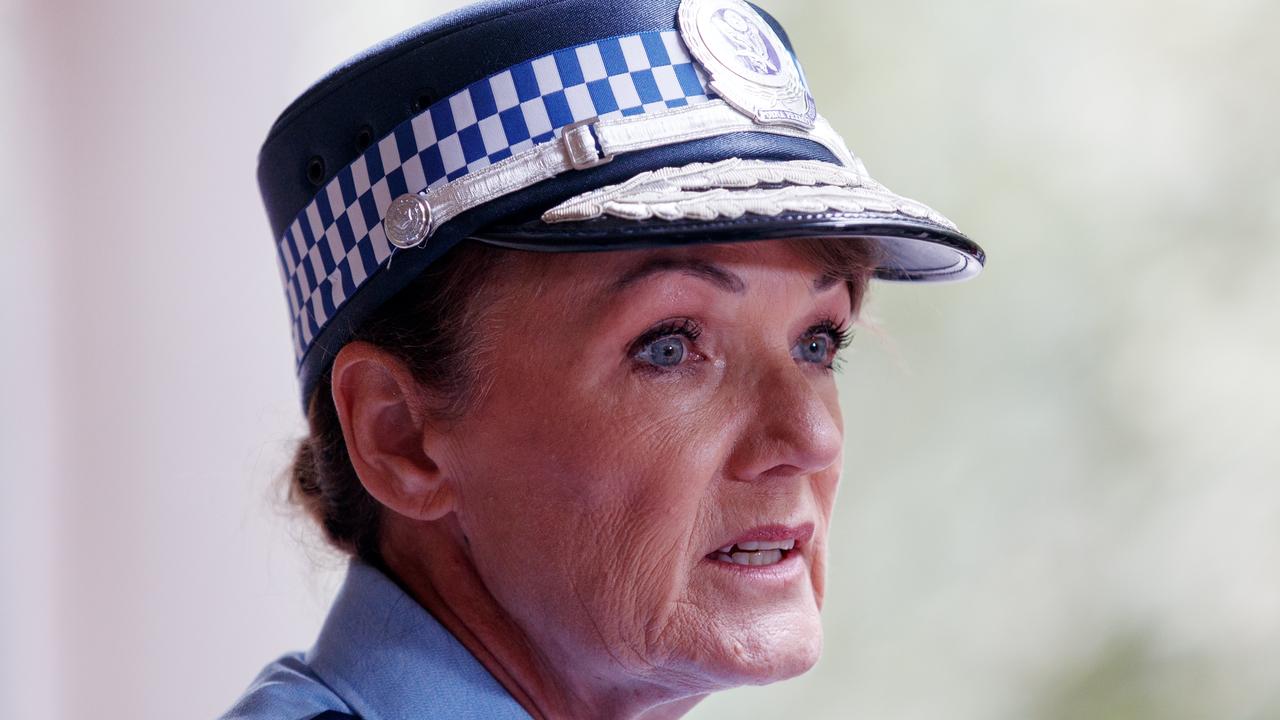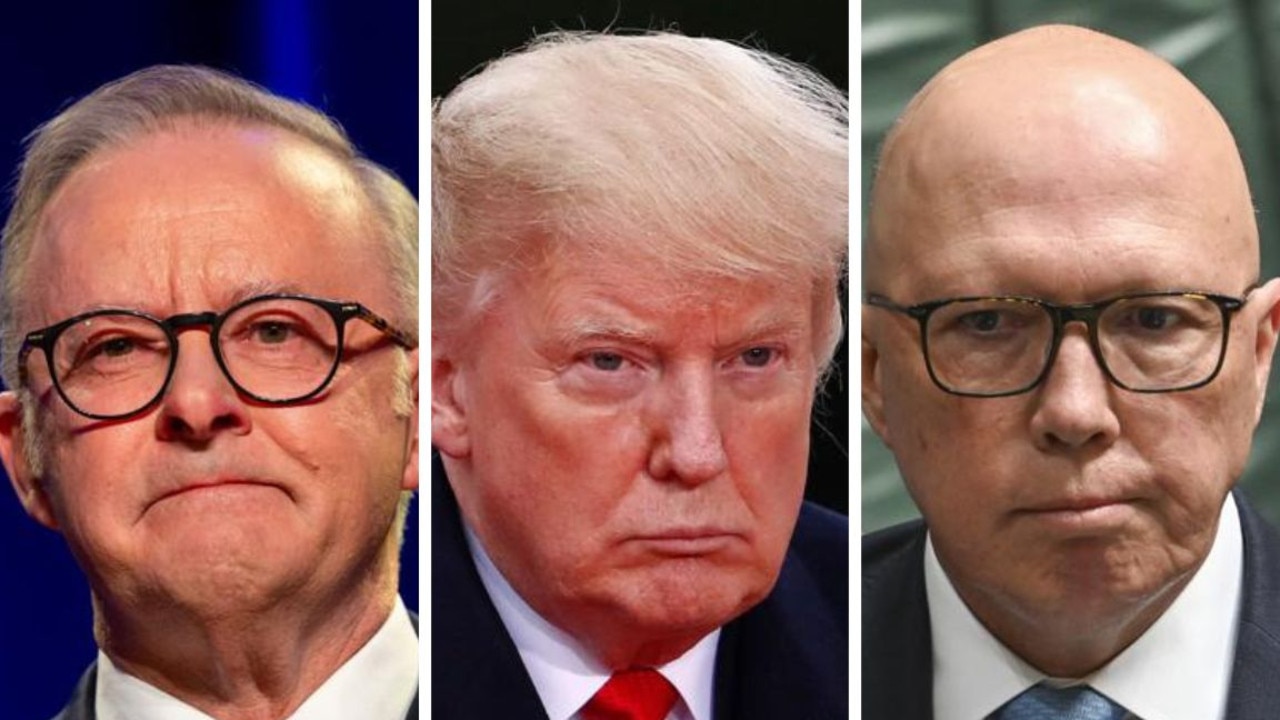How much Australia’s banking and finance CEOs earn
NAB boss Andrew Thorburn made headlines for saying it was “unfair” he couldn’t take two months off. Is his enormous pay packet fair?

The banking royal commission has uncovered just how far people are willing to go to make money — and it’s no wonder, with enormous executive wages like this to cover.
The chief executive officers of Australia’s top four banks are some of the highest paid white-collar workers in the country, but have had their bonuses slashed in the wake of misconduct uncovered by the commission.
There has already been rebellion among shareholders about some of the huge bonuses paid to executives whose actions have damaged the reputations of their institutions.
In his final report Commissioner Kenneth Hayne made 18 referrals to authorities for further investigation and noted seven potential crimes, according to The Australian. He also said three unnamed institutions should be prosecuted for criminal dishonesty offences.
The royal commission report identified the Commonwealth Bank as the worst offender with 12 breaches identified, National Australia Bank had six breaches, ANZ had two and Westpac had one. Financial services company AMP came second with nine breaches.
Hugh Dive, chief investment officer at Westpac shareholder Atlas Funds Management, told the Sydney Morning Herald that banks should make it harder for executives to get bonuses in 2019.
Shareholders voted against bonuses given to Westpac executives last year and Mr Dive said this should be a “wake up call for the banks”.
“They will be having to try a lot harder in 2019,” he said.
He said bonuses should be linked more to profitability, rather than revenue.
RELATED: Royal commission’s key recommendations
RELATED: What royal commission’s recommendations mean for you
CEO pay reached its highest level in 17 years thanks to rising bonus payments, according to a 2018 report from the Australian Council of Superannuation Investors.
Australian Prudential Regulation Authority chairman Wayne Byres has also raised concerns about high executive pay, saying most didn’t face financial consequences for bad management.
This is what we pay our banking and finance CEOs.
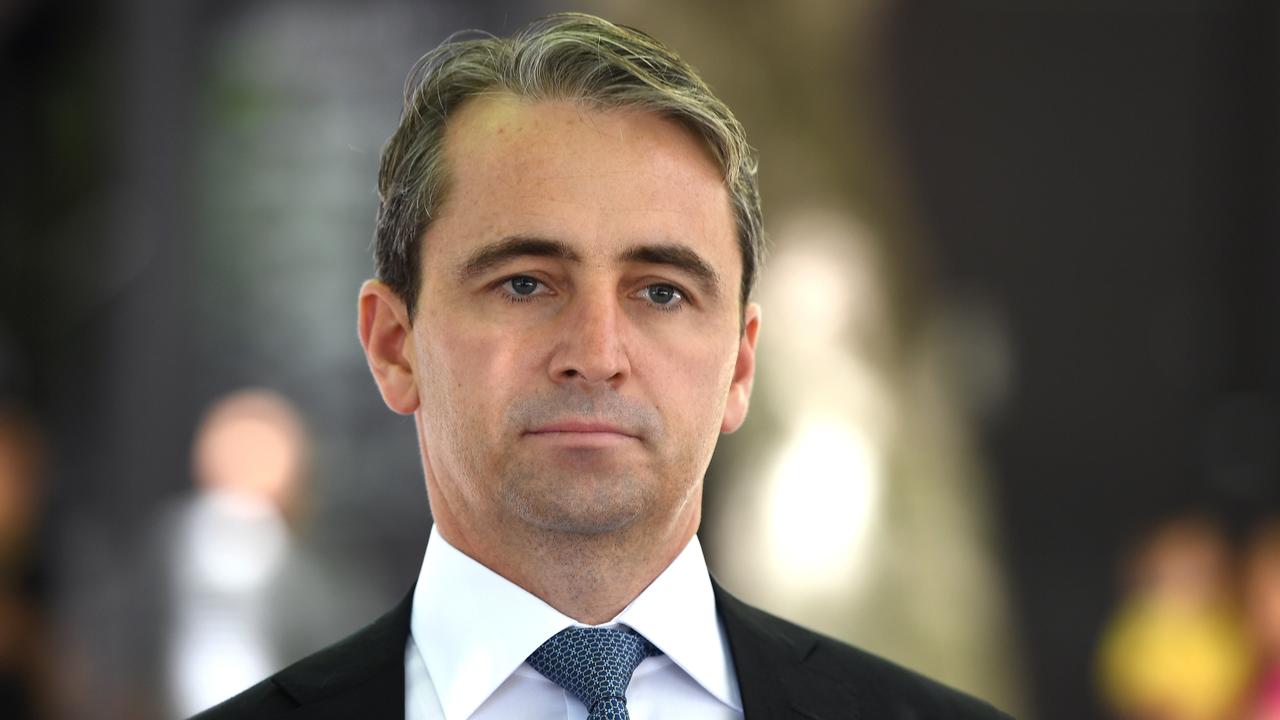
COMMBANK
Commonwealth Bank’s new chief executive Matt Comyn — he only took on the role on April 9 — is on a package of $8.36 million per year, but this includes short term and long term bonuses if he meets targets.
This is a lot less than his predecessor Ian Narev, who was on a $10 million package.
In setting the lower amount, CBA’s remuneration committee said it took into account how much his peers were being paid, as well as stakeholder and community expectations.
In 2018, Mr Comyn only took home $2.8 million because he chose to forgo his short term bonus of $653,000 and was only in his role for a few months after being promoted.
When he left, Mr Narev agreed not to receive any of his long term bonus worth about $13.9 million.
CBA executives took a combined $100 million pay cut over 2017 and 2018, when executive short-term bonuses were cut to zero and non-executive directors had their fees cut by 20 per cent.
It followed a series of financial scandals at CBA, including breaches of money laundering and terrorism funding laws.
WESTPAC
The highest paid banking executive last financial year was Westpac’s Brian Hartzer.
Mr Hartzer took home $4.9 million in 2018, which included a $2.2 million bonus — something that made Westpac shareholders very unhappy.
Mr Hartzer’s bonus was cut by 30 per cent but was still considered too generous, with 64 per cent of shareholders voting against the bank’s remuneration report.
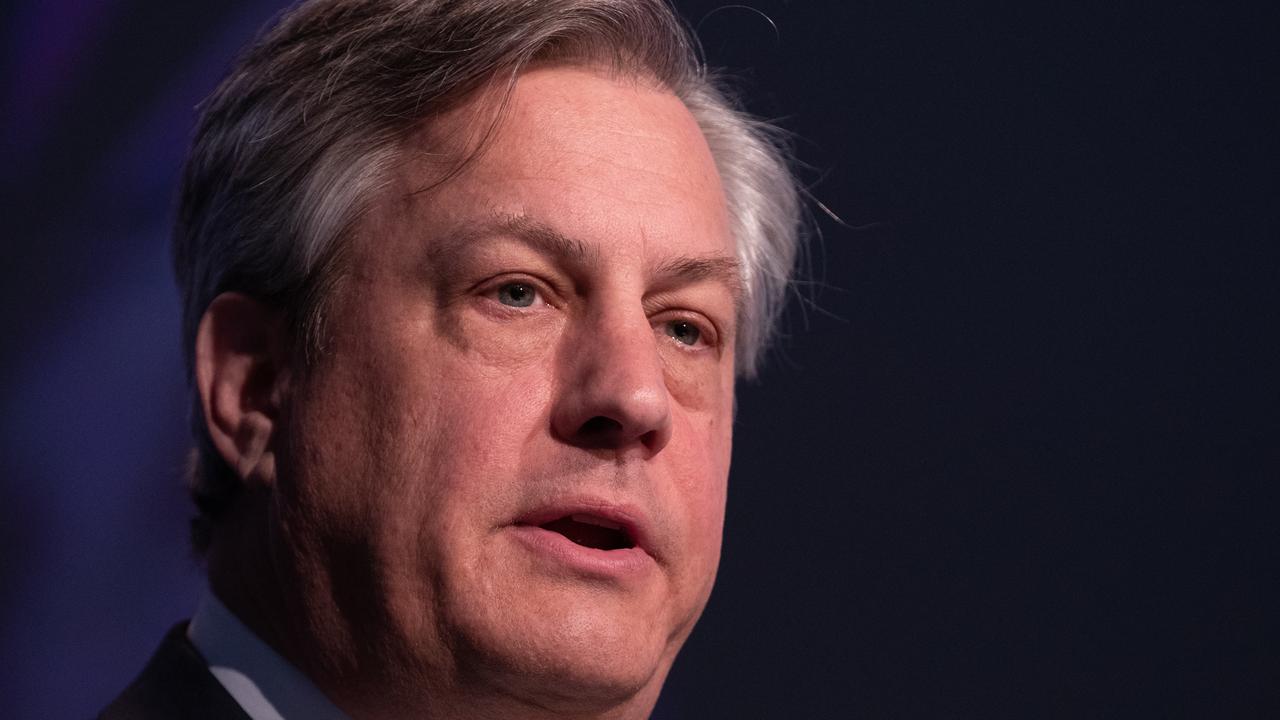
Although the vote is non-binding, it could trigger a spill of the board if it happens again next year.
It was only the second time a big four bank has suffered a “strike”, which happens when more than 25 per cent of shareholders vote against its remuneration report.
The first was against CBA in 2016.
NATIONAL AUSTRALIA BANK
Chief executive Andrew Thorburn’s pay was trimmed by $2.1 million last year, although he still made $4.3 million in the year to September 2018.
The year before he took home $6.4 million.
Mr Thorburn made headlines this week for taking two month’s annual leave ahead of the release of the commission’s findings, saying it was “unfair” a CEO couldn’t take a holiday for their physical and mental health.
The NAB responded to community anger about revelations at the royal commission by giving its senior executives a 15 per cent pay cut.
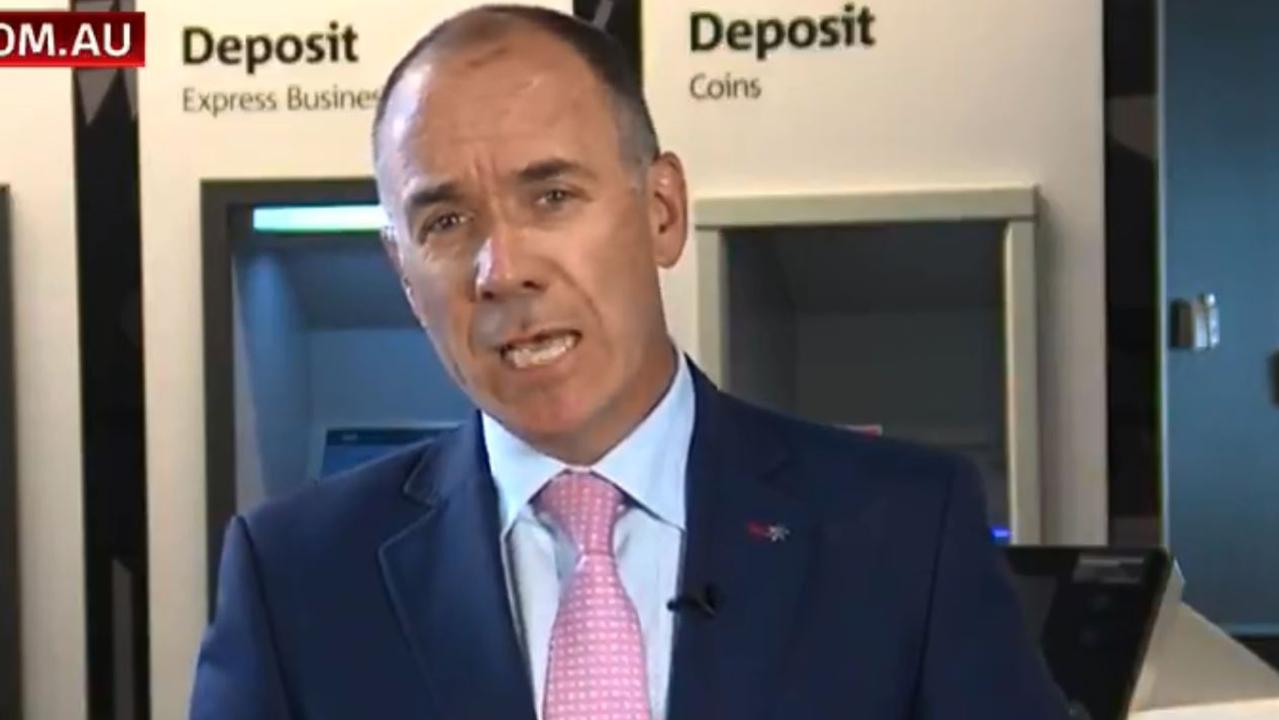
The decision meant Mr Thorburn was no longer the highest-paid NAB executive, that title went to chief technology officer Patrick Wright, who earned $4.4 million.
Former NSW Premier Mike Baird, who is now NAB’s chief customer officer, earned $2.6 million.
RELATED: ‘Snide’ NAB chairman Ken Henry fighting to keep job
ANZ
ANZ chief executive Shayne Elliot was awarded $5.25 million in the 2018 financial year, after his pay was slashed by almost $1 million.
The bank’s chairman David Gonski and its board members also took a 20 per cent pay cut.
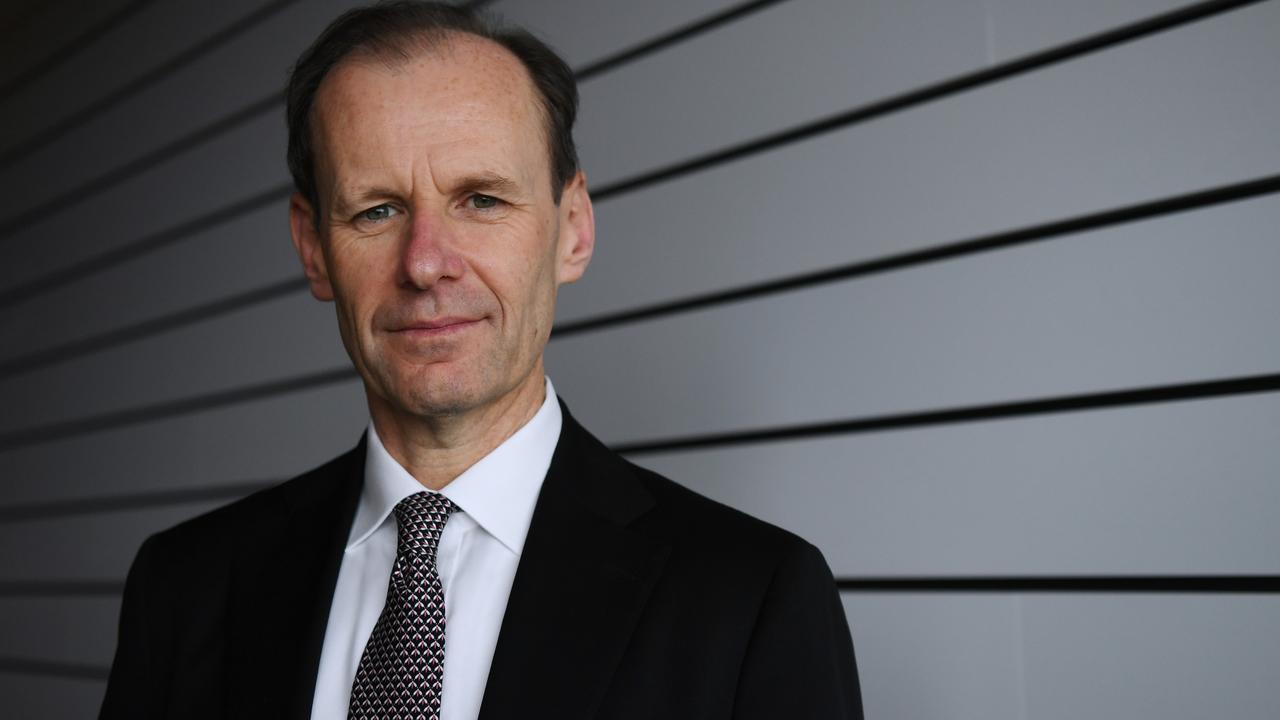
AMP
The financial services company, which provides superannuation and other products, saw its CEO Craig Meller and chair Catherine Brenner resign last year after it was revealed AMP had charged thousands of dead super customers for life insurance, despite knowing there was no longer a life to insure.
There were also suggestions criminal charges should be laid for lying to the Australian Securities and Investments Commission.
AMP created another stir when it secured Francesco De Ferrari as its new chief executive on an extremely lucrative contract.
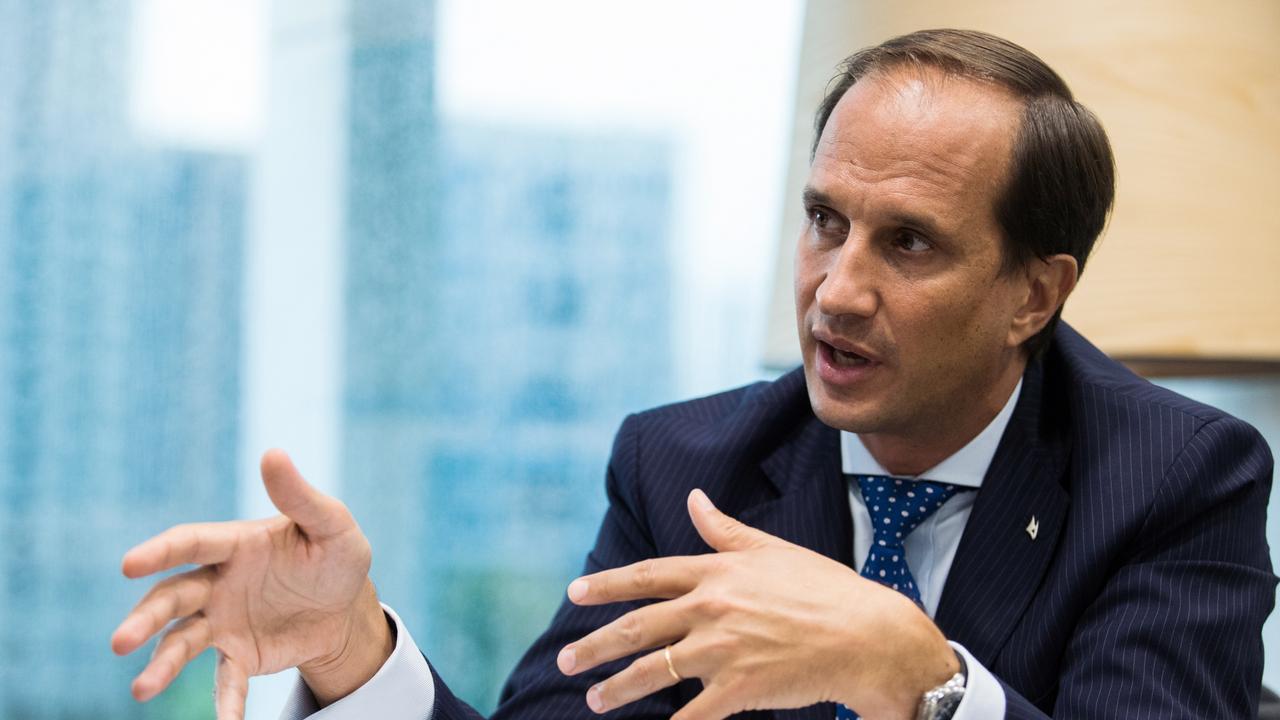
Mr De Ferrari is on a package of $8.3 million if he meets short-term and long-term targets but he could get another $17.7 million in cash, shares and options if he meets other targets including staying in his role for a few years and getting the AMP share price above $4.75.
The package was slammed by Greens finance spokesman and former investment banker Peter Whish-Wilson, who said it showed AMP had learned nothing from the royal commission.
But AMP chairman David Murray said the pay recognised the “degree of the challenge ahead”.
Continue the conversation @charischang2 | charis.chang@news.com.au


